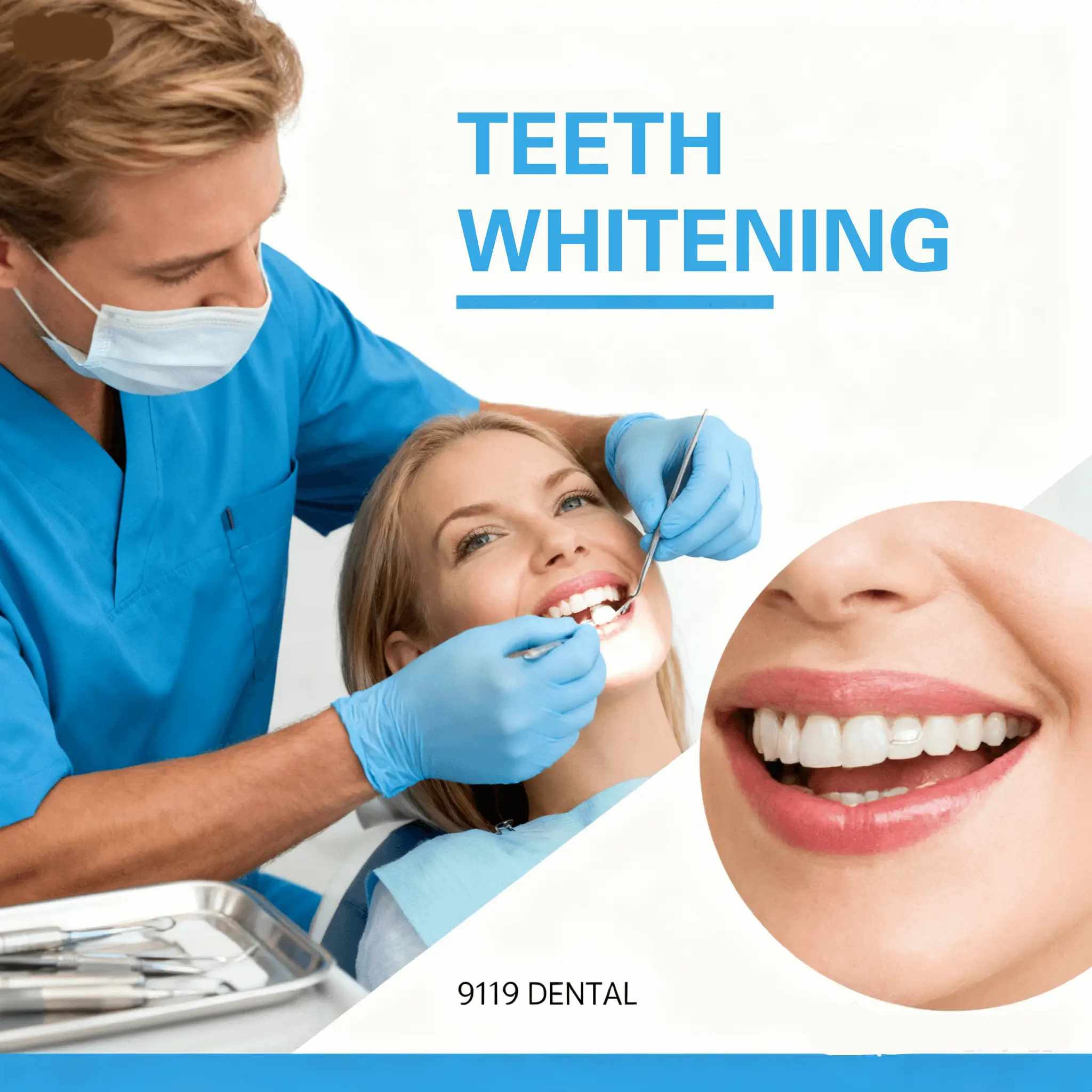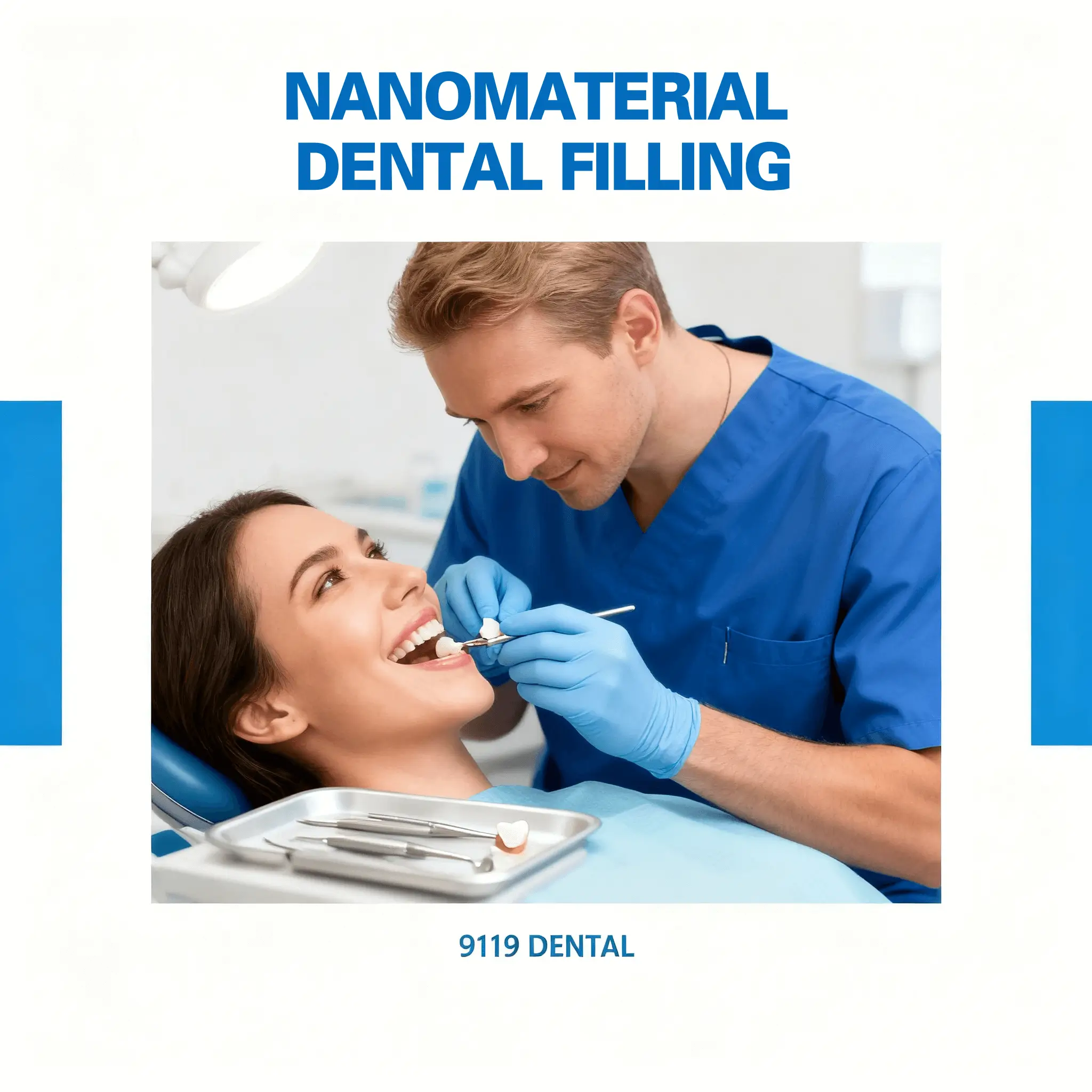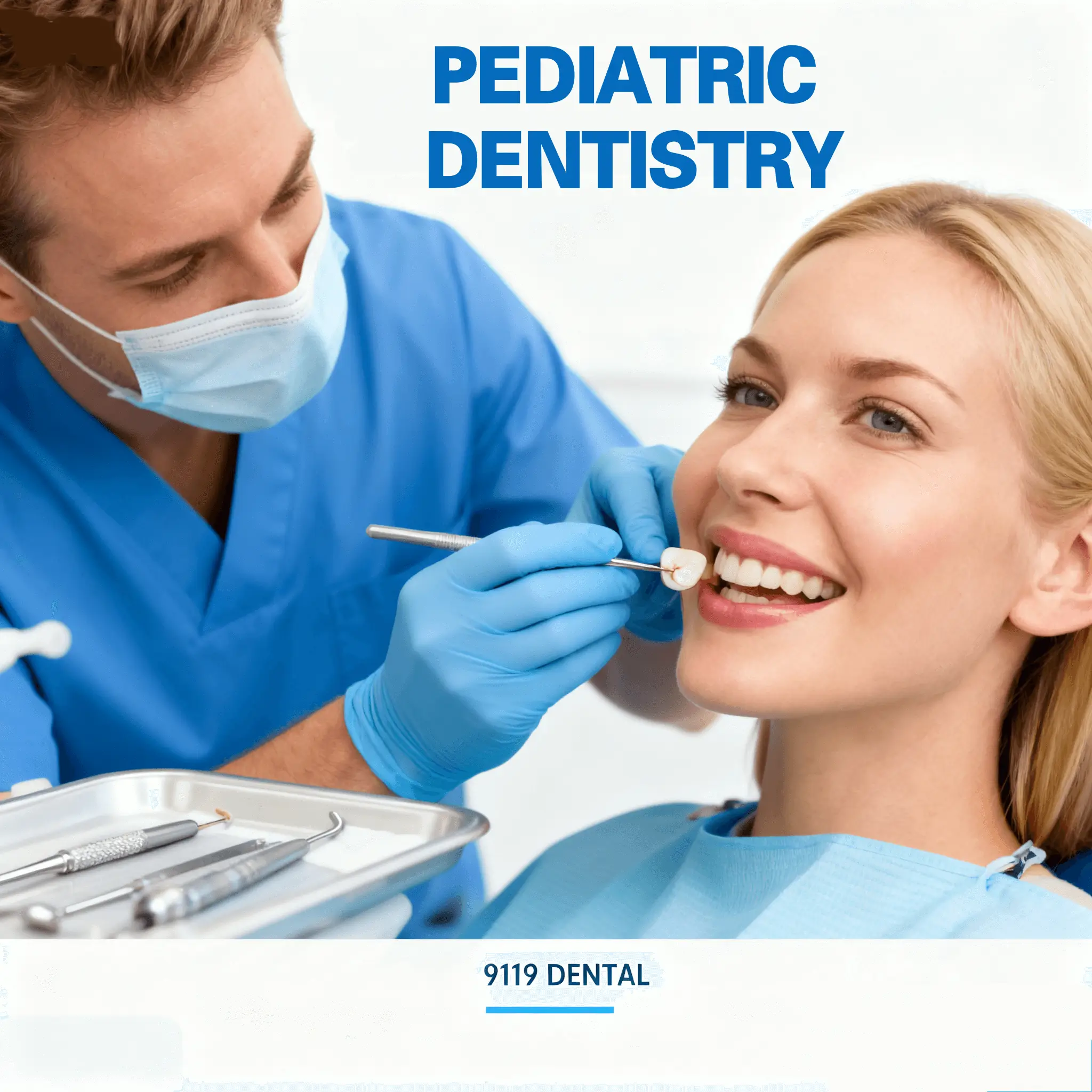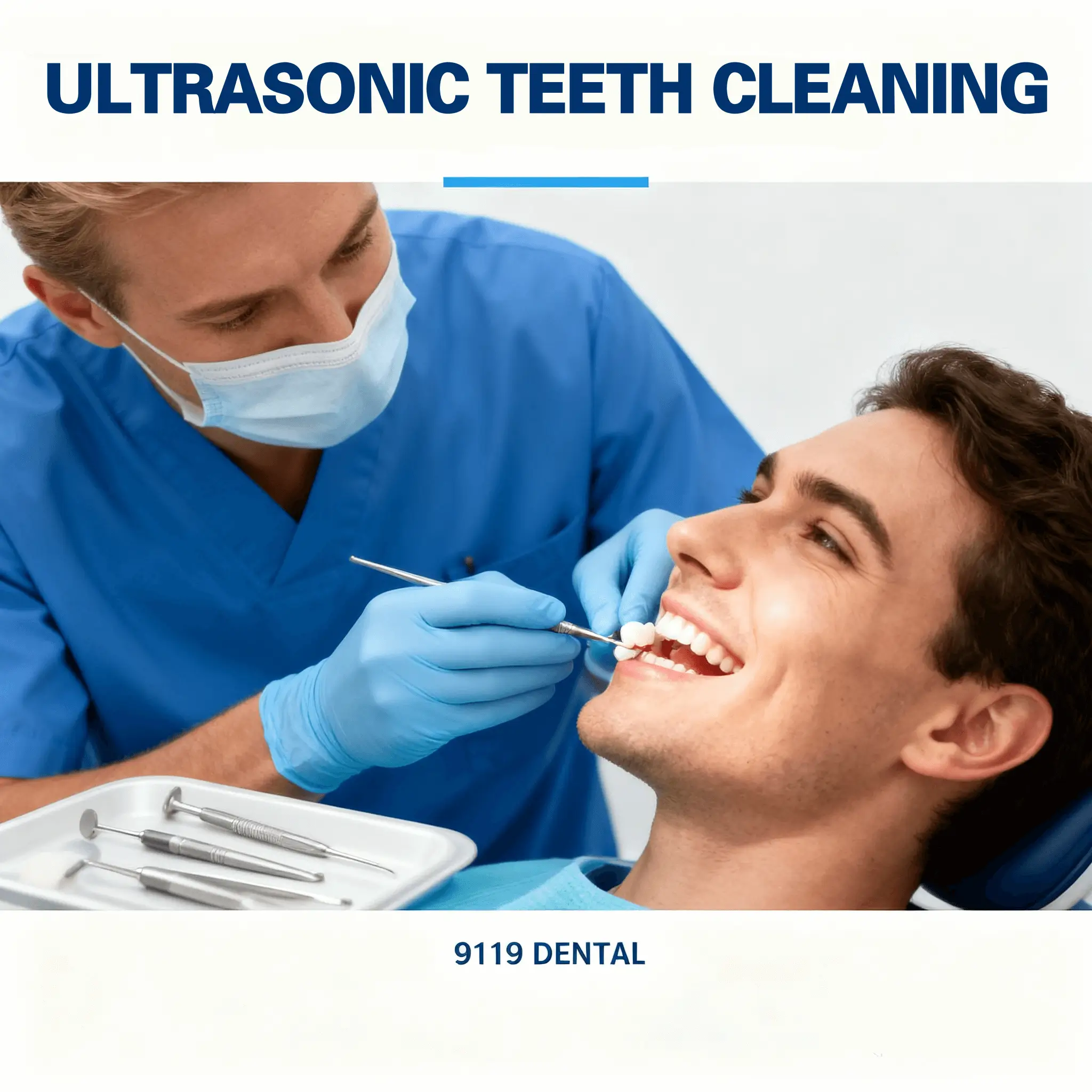

Chief complaint: Irregular dentition with protrusive front teeth, affecting appearance and occlusion.
Findings:
Protrusion of the upper anterior teeth with mild dental crowding;
Lower arch crowding with Class II malocclusion;
No obvious periodontal disease or history of dental caries.
Based on panoramic radiographs, cephalometric analysis, and intraoral examination, the diagnosis was Class II Division 1 malocclusion.
According to the patient’s condition, the following plan was designed:
Fixed appliance therapy (metal self-ligating brackets), with an estimated treatment duration of 20–24 months;
Extraction of the upper first premolars to provide sufficient space for alignment and retraction;
Placement of mini-screws for anchorage control to prevent relapse of anterior protrusion;
Post-treatment retention with retainers to maintain long-term stability.
Extraction phase: Extraction of upper first premolars performed safely, followed by healing of the alveolar bone;
Bonding of brackets: Placement of self-ligating brackets on both arches, with progressive archwire changes;
Tooth movement and alignment: Application of light continuous force to align teeth and close extraction spaces;
Occlusal adjustment: Use of intermaxillary elastics to improve interarch relationship;
Finishing and retention: Final detailing of occlusion, removal of appliances, and delivery of retainers.
Oral hygiene: Maintain meticulous brushing and interdental cleaning during treatment to prevent caries and gingivitis;
Dietary advice: Avoid hard and sticky foods to prevent damage to brackets;
Regular follow-ups: Visit every 4–6 weeks for adjustments according to tooth movement;
Retention phase: Wear retainers for at least 1–2 years after treatment to prevent relapse.
With standardized orthodontic treatment, significant improvement in anterior protrusion is expected. The dentition will become well-aligned, occlusion will be normalized, facial aesthetics will be enhanced, and both masticatory function and long-term oral health will benefit.
 collect
collect
Hospitals included
Products included




Suggested reads